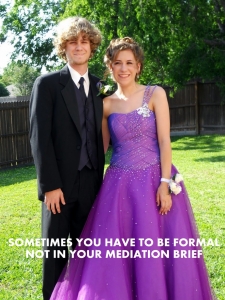–How Mediation Is (Not) Like the Lottery–
No, I’m not advocating you play the lottery, but the slogan does apply: you have to play to win. The odds of winning the California Super Lotto Jackpot are 18 million to 1 against you. The likelihood you will be able to resolve your workers compensation issue in mediation is more like 80-90% in your favor providing you participate.
Take a Calculated Risk
The only settlement offer without a chance of acceptance is the one you never make. Some parties complain that they can’t settle the case. Yet, those same parties refuse mediation or come to mediation unwilling to negotiate. You cannot expect resolution in mediation if your position is to never move off the number that was refused pre-mediation. You have to play to win.
Playing the lottery is the classic example of a blind risk. A blind risk embodies an irrational hope, an action based on nothing more than emotion, expecting something for nothing. A person who takes a calculated risk, on the other hand, has objectively assessed the situation and examined the upside and downside potential. This is true for investors, explorers, world leaders, and negotiators.
First evaluate, then negotiate
Before you can effectively negotiate, you have to do your homework, i.e., run the numbers to evaluate the claim. Once you have considered the best and worst alternatives to a negotiated agreement, you are ready to proffer your demand or offer. You have to play to win.
Mediation allows the people with the most knowledge about the claim to take control of resolving it. During mediation, the mediator can help you calculate your risks and negotiate resolution.













